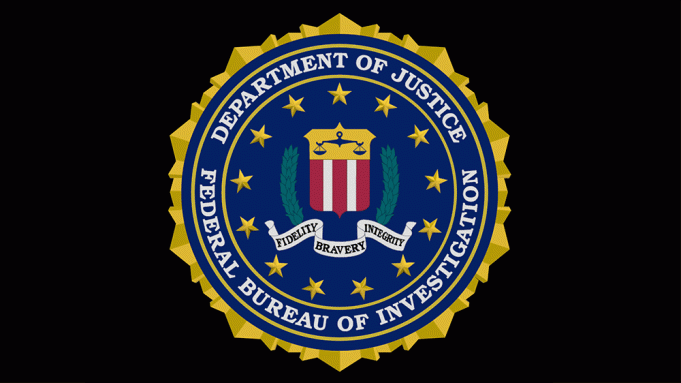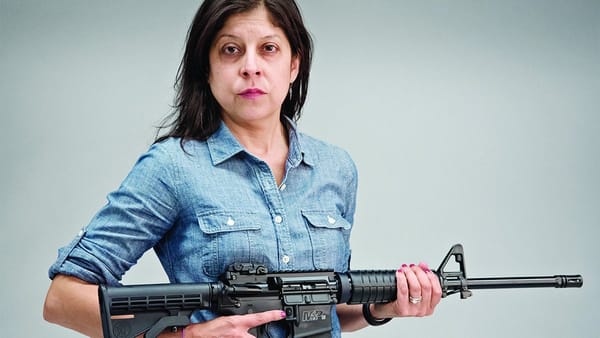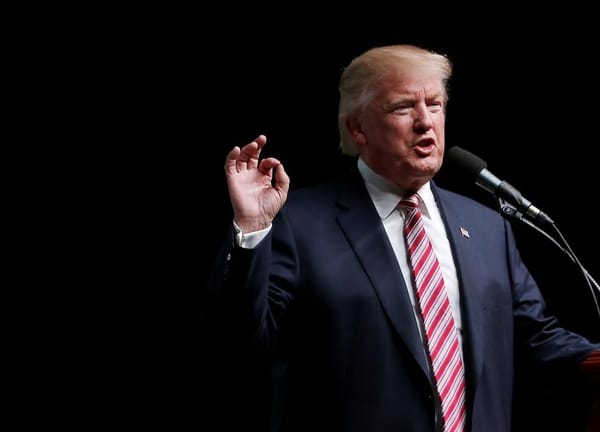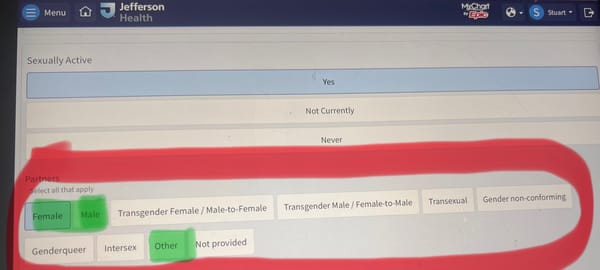Hate crimes up? Yes, but not by much
If it is time for the FBI’s annual readout of hate crimes, it is also the time for small hysteria about what a hateful nation we live in. As often happens, the headlines are worse than the actual facts, once a little reason is applied to the scary numbers.

Before we start, I do not diminish any crime — hate or not — and note that “hate crimes” is a pretty elastic term, encompassing everything from murder to painting a swastika on a synagogue wall. Another problem is a lack of reporting, which I’ll get to in a minute.
There were 7,314 hate crimes, last year, up from 7,120 the year before. That is an increase, but only 2.4%. In a nation of 330 million people, hate crimes amount to 0.002% of the population, which is practically a rounding error.
Far more Americans believe Elvis is alive than commit hate crimes.
But there is an increase in hate crimes and many lay the blame on President Donald J. Trump, which is an easy call. Maybe too easy. The number of hate crimes against African-Americans dropped slightly last year, from 1,943 to 1,930.
The highest number of hate crimes in recent years was 7,783. When was that? 2008 and George W. Bush was president.
There is another easy call — hate crimes rose to protest a Black president.
The problem is we can only guess what motivates a hate crime. Is it general bigotry, or something specific? We do not know.
It would be nice if the number were zero, but that is utopia.
The report found the “distribution of victims by bias type shows that 57.6% of victims were targeted because of the offenders’ race/ethnicity/ancestry bias; 20.1% were targeted because of the offenders’ religious bias; 16.7% were victimized because of the offenders’ sexual-orientation bias; 2.7% were targeted because of the offenders’ gender identity bias; 2.0% were victimized because of the offenders’ disability bias; and 0.9% were victimized because of the offenders’ gender bias.”
Sadly, racial hate crimes were most numerous, but even they were barely an eyelash on America’s face.
But before I get too carried away with the good news, I have to report a flaw.
Reporting to the FBI is voluntary and last year only 2,172 of 15,000 law enforcement agencies did so.
How to improve that response rate?
Get police unions to request it, perhaps. Or threaten to reduce federal funds to agencies that don’t participate.
Better numbers make for better decisions as to where policing needs to be improved.
In the end, though, in a nation as large and diverse as our, the takeaway is not that there are so many hate crimes, but that there are so few.



